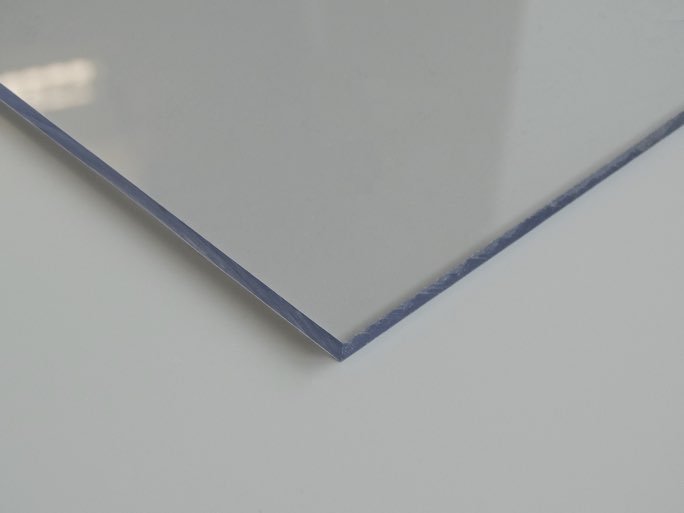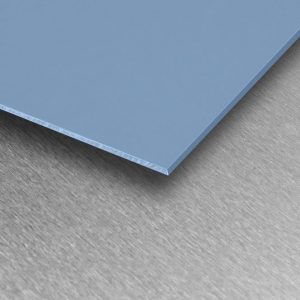
PVC laminate sheets have gained popularity in various industries due to their versatility and cost-effectiveness. However, it is essential to understand the potential disadvantages associated with their usage. In this blog post, we will delve into the drawbacks of PVC laminate sheets, providing you with a comprehensive analysis that adheres to Google search engine algorithms.
- Limited Heat Resistance:
One of the primary disadvantages of PVC laminate sheets is their limited heat resistance. When exposed to high temperatures, PVC sheets can deform or even melt, compromising their structural integrity. This drawback restricts their application in environments that require heat resistance, such as kitchens or areas with direct sunlight exposure. - Vulnerability to UV Radiation:
PVC laminate sheets are susceptible to damage caused by UV radiation. Prolonged exposure to sunlight can lead to discoloration, fading, and even degradation of the material. This limitation makes PVC sheets less suitable for outdoor applications or areas with significant exposure to natural light. - Environmental Concerns:
While PVC laminate sheets offer affordability and durability, they raise environmental concerns. PVC is a synthetic plastic derived from non-renewable resources, and its production involves the release of toxic chemicals such as chlorine. Additionally, PVC is not biodegradable, leading to long-term environmental impact and potential harm to ecosystems. - Limited Aesthetic Options:
Compared to other laminate materials, PVC sheets offer a more limited range of aesthetic options. They may not provide the same level of visual appeal or mimic the natural textures and patterns found in alternative materials like wood or stone. This drawback can limit design possibilities, especially in projects where aesthetics play a crucial role. - Difficulties in Recycling:
PVC laminate sheets pose challenges in terms of recycling. The presence of additives and contaminants within the material makes the recycling process complex and costly. As a result, the majority of PVC waste ends up in landfills, contributing to environmental pollution and resource wastage.
In conclusion, while PVC laminate sheets offer advantages such as affordability and durability, they also come with several drawbacks. These include limited heat resistance, vulnerability to UV radiation, environmental concerns, limited aesthetic options, and difficulties in recycling. Understanding these disadvantages is crucial for making informed decisions regarding the usage of PVC laminate sheets in various applications.


